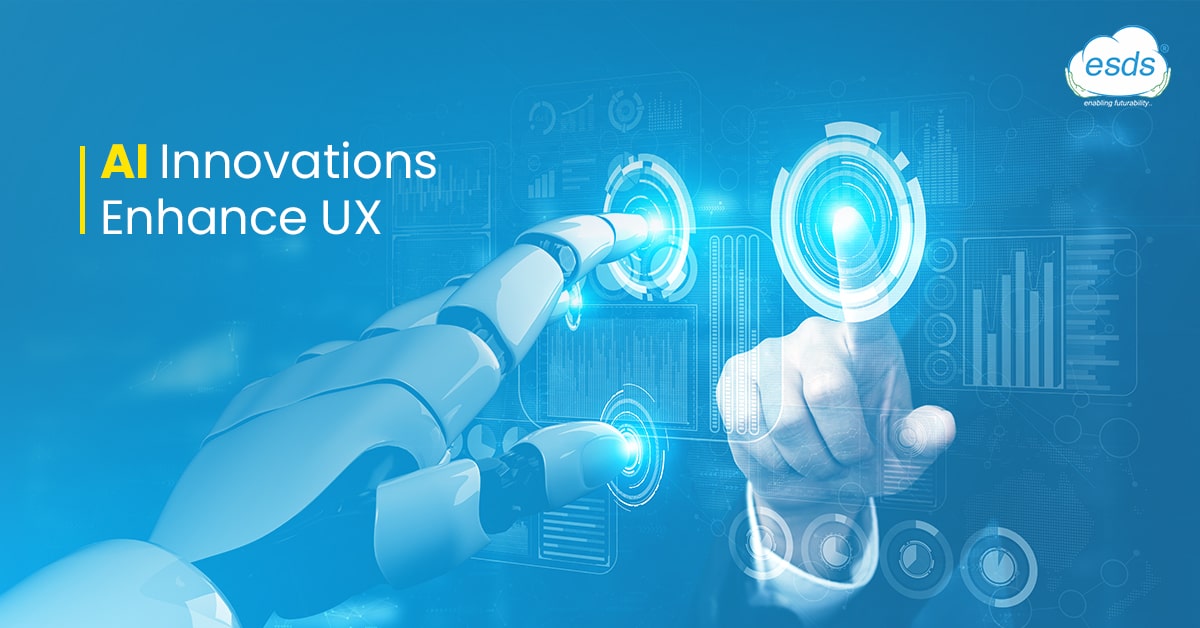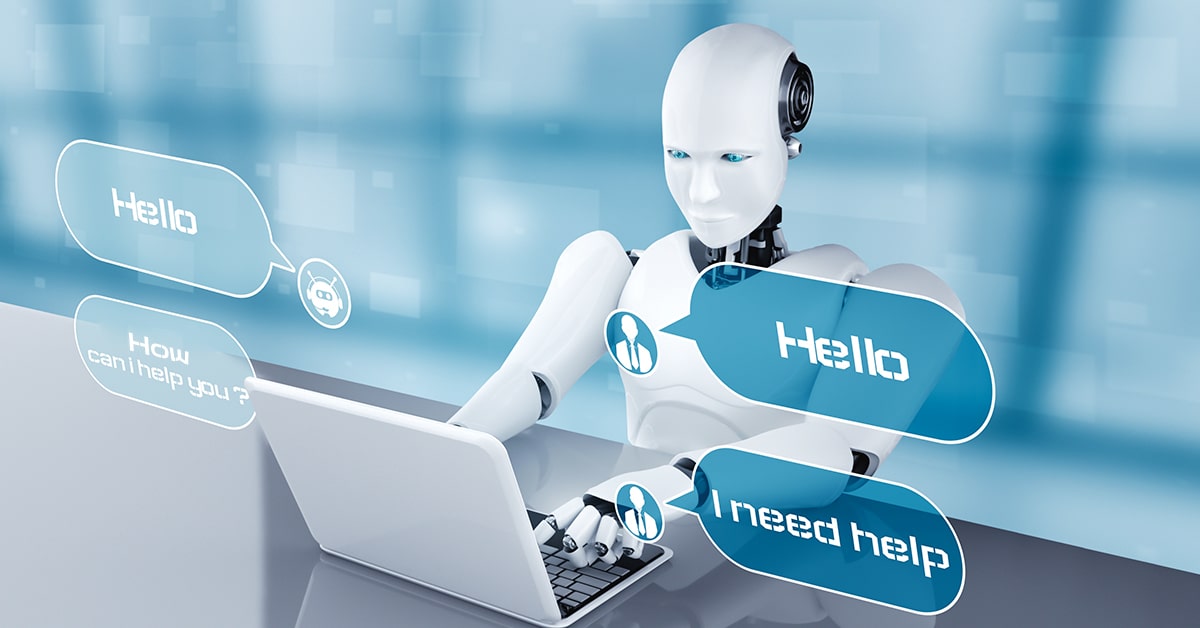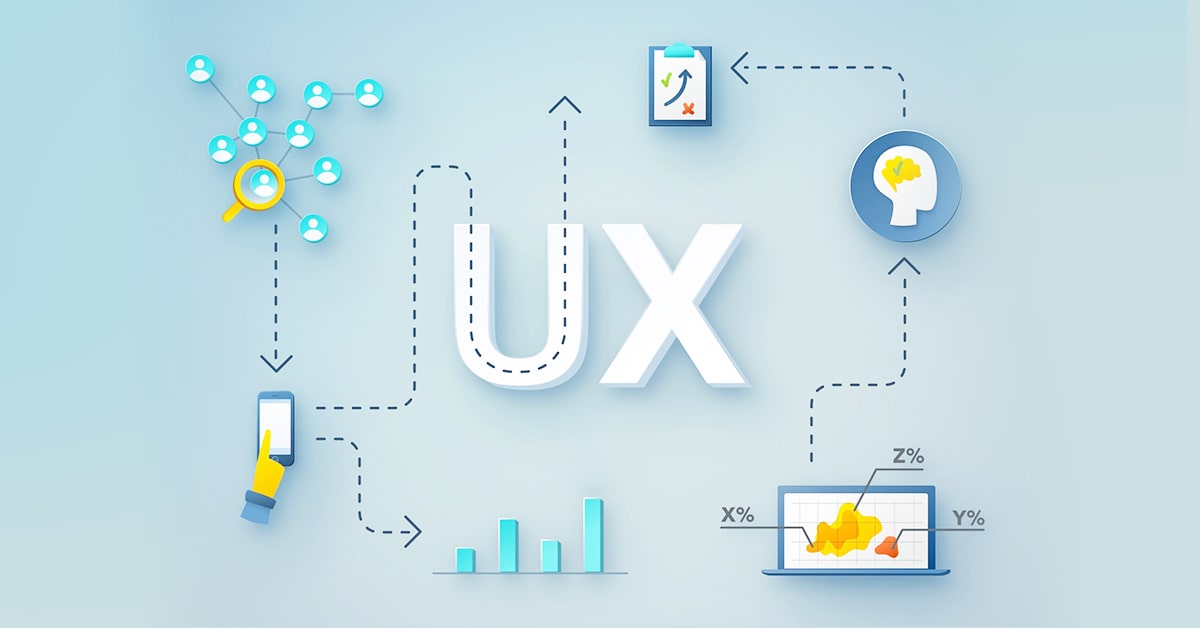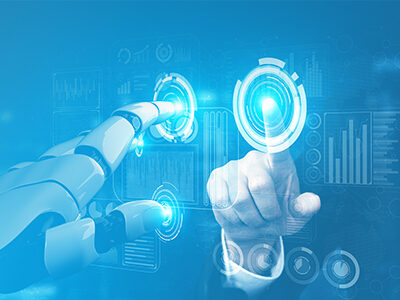AI Innovations for Improved UX
The past couple of years have witnessed the onset of Artificial Intelligence (AI) thriving in the technology sector. AI advancements have been leading up the ladder with remarkable progress and have made a promising path ahead for humans as well in the future. All the major sectors and industries have been implementing the use of AI to improve efficiency, reduce cost, automate processes and most importantly enhance the user experience (UX). To keep the users engaged and hooked, brands are going all above and beyond to provide the best user experience (UX).

As more and more apps are flooding the market, the demand for an out-of-the-box user experience is also increasing, using the AI approach. To achieve even more improved user experience (UX), AI-based image and video modification, speech detection, smart-decision-making elements along sentiment analysis can be implemented. Gathering data, analyzing user interactions, and predicting human behavior are some core functions of an AI.

AI has been providing exceptional services using factual data making our lives slightly easier. Alexa, Siri, Google translate, Chat-bots, etc. are some popular examples of that. We use AI in our daily life without even realizing it is simply Artificial Intelligence integrated into UX, like – Facial Detection, Maps, and navigation, self-driving cars, vehicle recognition identification, Smartphones, Drones, Music, and media streaming apps, smart keyboards, the list is quite exhaustive. Which started as a computational theory by Alan Turing, back in the 1950s, today has made for itself a prominent role in not just the technology sector but into human lives and future as well.
Automation and Development
Artificial Intelligence is developed on the concept of human thought processes can be recreated and computerized as a part of advanced technology. While there are debates on-going around the consequences of AI, we cannot ignore the fact that AI has already become closely involved in our daily lives. The basic idea of artificial intelligence was talked about hundreds of years ago even before we could give a name to it or understand how it will take place. No doubt AI has been developing at an accelerated speed over the past decades. With this, so is the demand for robust user experience (UX).

Modern AI has the potential to work with limited data and yet provide help/services to save time and function with fewer human interactions. If put in simple terms, User Experience (UX) is the way a person feels when they interact with a device, software, mobile application, or website. In the purview of lockdown and work-from-home situations, as people are spending more time on their laptops, phones, and tablets, brands have upped their game to grab attention from the users. Brands set aside a good amount of their marketing budget in understanding and learning user behavior and need and deliver accordingly.
How many of us must have deleted or uninstalled apps or games because of the constant lagging, difficult features, micromanaging functions? Countless times right! Even websites that are not quite simple to use or you have to dig deeper to find what you are looking for, become a turnoff. Smart businesses avoid such situations by regularly upgrading their features with the help of AI, making a user’s experience delightful. Let’s accept we all love going back to apps and websites that suggest us services and products on our past purchase/s. Making use of automated customization to improve a user experience based on their past app history is a smart play.
Analyzing Data in speed
User experience (UX) with the help of AI can collect a larger chunk of data and analyze it faster to provide a better solution to users. Many e-commerce companies make use of AI to improve their user experience in real-time, this helps them stay at par with the competition. Nowadays, the attention span of an average internet user has reduced, thanks to tons of social media apps the users hop from one app to another as soon as their feed gets boring or old. People have become less receptive to ads as well; they either skip the ads or install an ad blocker for interruption of free time. This makes it more difficult for brands and agencies to enhance their user’s experience and keep coming up with better and more ideas to keep the experience two ways.
Compatible Design System
The design system can determine how a product or a brand understands and analyze what is working for the users and what isn’t. UX designers with the help of patterns, language, and modules learn the user behavior and provide its performance chart. The more compatible a design system is to its users the more traffic it’s going to generate.
Customization and Visual Effects
AI cannot only understand a user’s experience but also enhance it for the better. With better visual effects and customized user experience brands achieve higher progress rates.
Conclusion
Leveraging the potential of AI in a combination of UX and UX design can open tremendous possibilities for the technology sector. We are living in the technology and digital transformation era with technological advancements that were once considered unimaginable. We are living the future and building a future that is not the plot of any sci-fi movie. AI is merely complimenting the business processes and helping them become more humanized.
- Unlocking Data’s Time Machine: The Importance of Database Point-in-Time Recovery - August 2, 2023
- Future-Proof You’re Data: Navigating the World of Enterprise Backup and Data Protection Solutions - July 7, 2023
- Unleashing the Potential of Long-Term Data Retention: Exploring Trustworthy Backup - May 31, 2023
